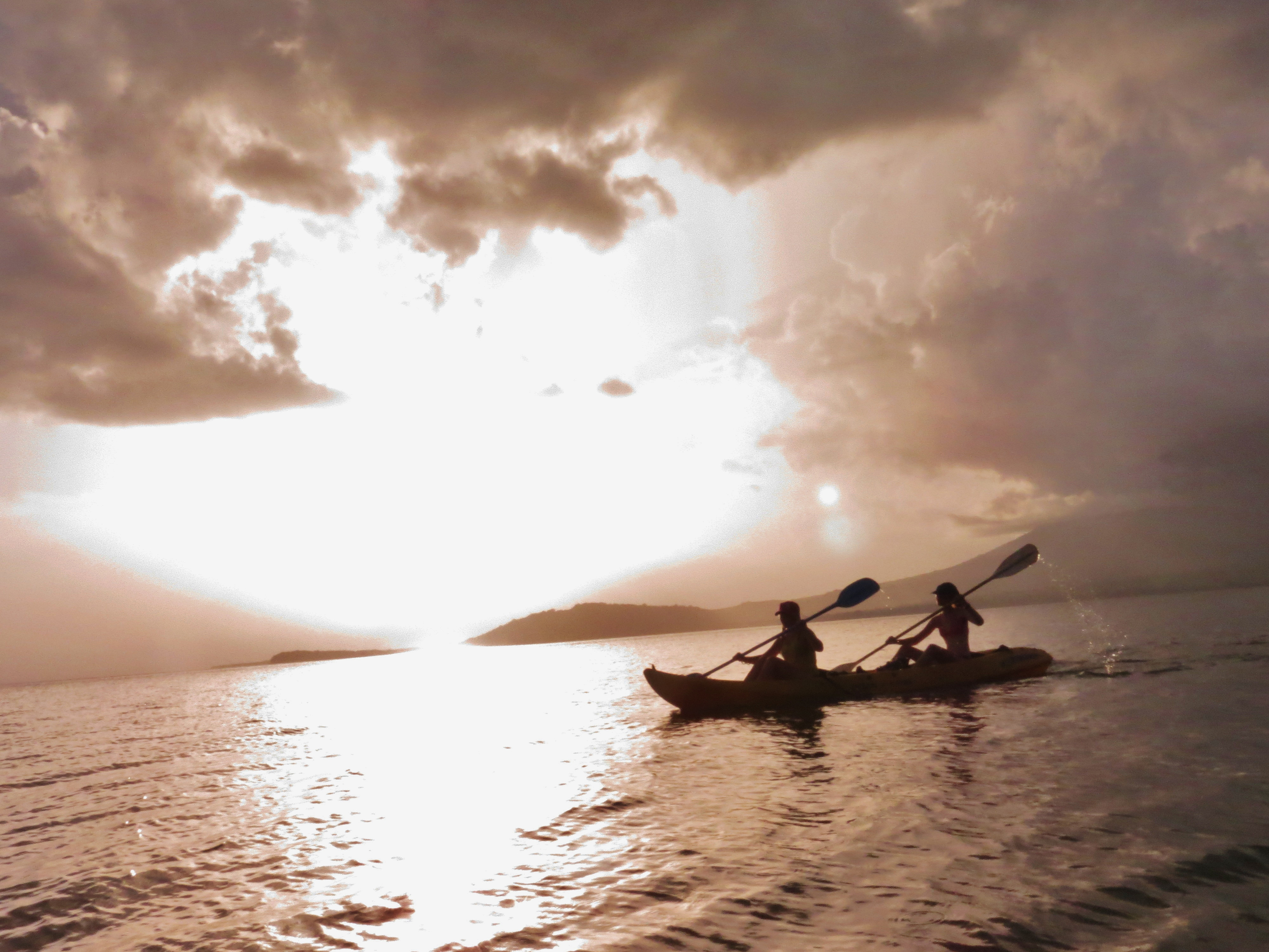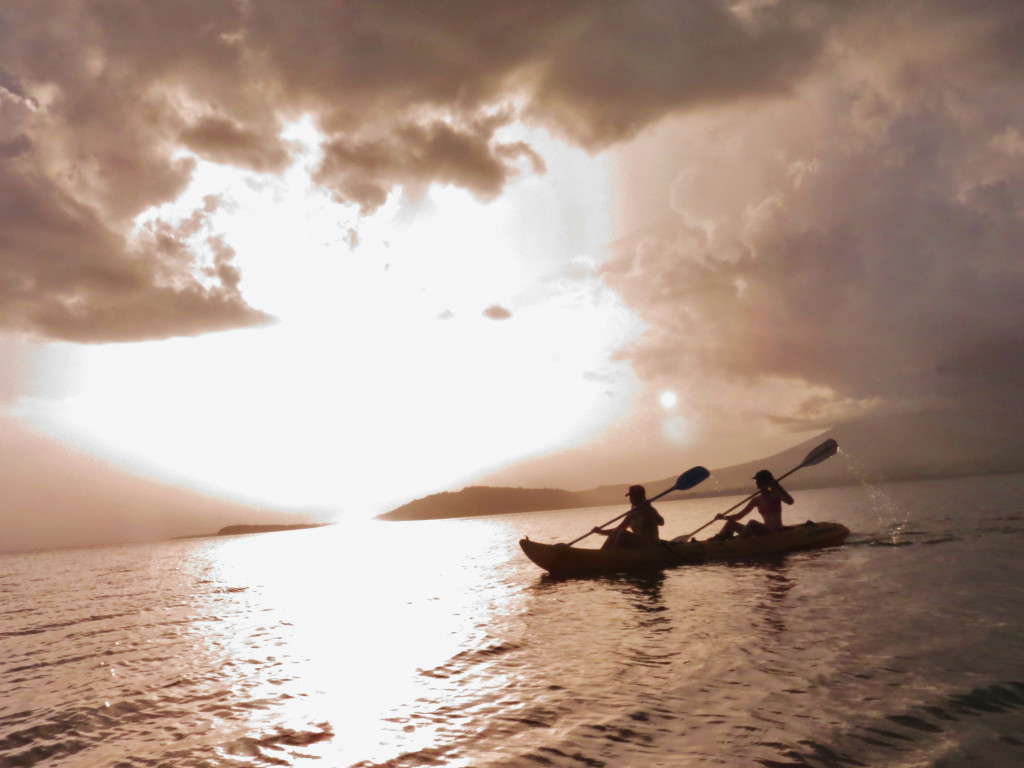Summer in Nicaragua: Exploring big ideas in a tiny country
“What did you do over the summer?” I grin from ear to ear when I hear that question.
“Oh, you know,” I respond. “I hiked up an active volcano, watched sea turtles nest, and scuba dived in one of the most biologically isolated crater lakes in the world. No big deal.”
And then I wait for the open-mouthed stare.
This summer, I was presented with a unique opportunity to participate in the ISEP-sponsored Green Adventure Program at the Universidad Americana in Managua, Nicaragua. For three weeks, my two classmates, my professor and myself traveled around the country exploring the culture, geography and the various ways in which they affect and build the environment.
Over the whirlwind tour, I saw sights that included various examples of natural resource management including two protected crater lakes, a sustainable wind farm, a soap stone quarry and the largest freshwater island in the world. All of the sites provided fascinating cultural, social, political and environmental insights into sustainability that (albeit, unpredictably) intertwined to create a not only thought provoking, but also a life-changing, experience.
I particularly enjoyed visiting Laguna de Apoyo, a breathtakingly beautiful crater lake formed by a massive volcanic eruption thousands of years ago. It is considered an ecological treasure of Nicaragua, and its protection is taken seriously. It is currently under submission to become a World Heritage Site because of its incredibly diverse and ancient fish population. The surrounding community’s dedication to environmental awareness, especially among its younger residents, is an inspiring example of what collective collaboration can do for sustainable practices worldwide.
Ometepe, the world’s largest freshwater island, was another of my favorite sites. A nine and a half-hour hike to the summit of one of two active volcanoes on the island was both rigorous and rewarding. Upon reaching the top, one realizes how admirable the natural world truly is and how intricate its relationships are. We, as I learned, have not just a moral, but also an ecological obligation to protect those relationships
Unfortunately, I cannot begin to describe all that I learned during the excursion, a fact owed to the sad truth that there are some things words and pictures simply cannot accurately depict. How can one fully recount the smiles on the faces of artisans, so eager to show off their life’s work, or the children chattering away in Spanish and English in the same breath?
I long to be able to describe the horror and wonder of peering into an active volcano, the awe of watching thousands of bats whizzing passed my ears, or the gentle fluttering of mariposas (much more elegant sounding than butterflies). But the truth is, I cannot. My best attempt to capture my experience is in fact a sorry substitute for the reality.
What I took away most from Nicaragua was the attitude with which it approaches everything—with heart and care, but careful to never take anything too seriously. A country of contradictions, you are just as likely to see a parade of cattle wandering down a street as you are a pedestrian with an iPhone. They are both ingenious and incorrigible.
They may not have running water or reliable electricity, but they will have satellite television and will always be cleanly dressed. Their “Nica-logic” will have you shaking your head with frustration until you throw up your hands and give into it, laughing all the way.
“So,” I say those who ask. “How was your summer?”


